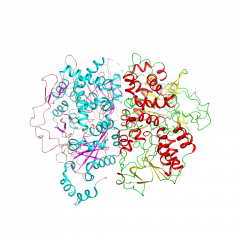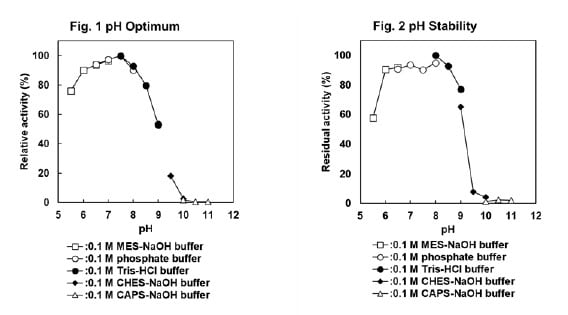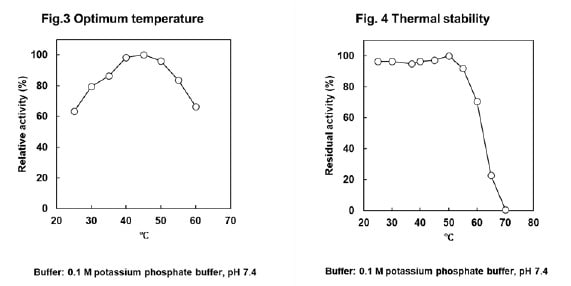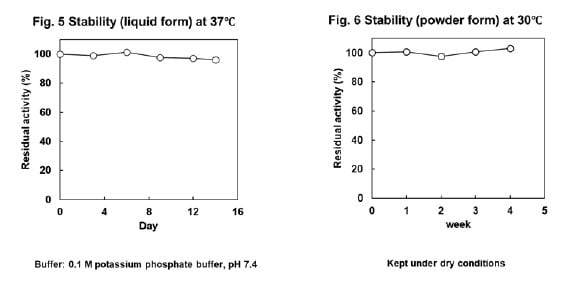
グルタミン酸に対し高い特異性を示すFAD依存性グルタミン酸酸化酵素です。遺伝子組換え技術を用いて生産しており、品質の安定した酵素です。開発中のため、詳細はお問合せください。
| 由来 | recombinant E. coli |
|---|---|
| 系統名 | L-glutamate:oxygen oxidoreductase (deaminating) |
| EC 番号 | 1.4.3.11 |
| 反応式 | L-glutamate + O2 + H2O →→→ 2-oxoglutarate + NH3 + H2O2 |





